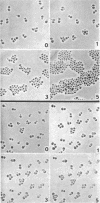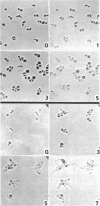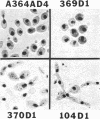Abstract
Time-lapse photomicroscopy has been utilized to detect temperature-sensitive yeast mutants that are defective in gene functions needed at specific stages of the cell-division cycle. This technique provides two types of information about a mutant: the time at which the defective gene function is normally performed, defined as the execution point, and the stage at which cells collect when the function is not performed, defined as the termination point.
Mutants carrying lesions in three genes that control the cell-division cycle are described. All three genes, cdc-1, cdc-2, and cdc-3, execute early in the cell cycle at about the time of bud initiation, but differ in their termination points. Cells carrying the cdc-1 mutation terminate at the execution point, most cells ending up with a tiny bud that does not develop further. Cells carrying the cdc-2 mutation terminate at mitosis. Cells carrying the cdc-3 mutation are defective in cell separation but show no definite termination point since other processes of the cell cycle, such as bud initiation and nuclear division, continue despite the block in cell separation.
Full text
PDF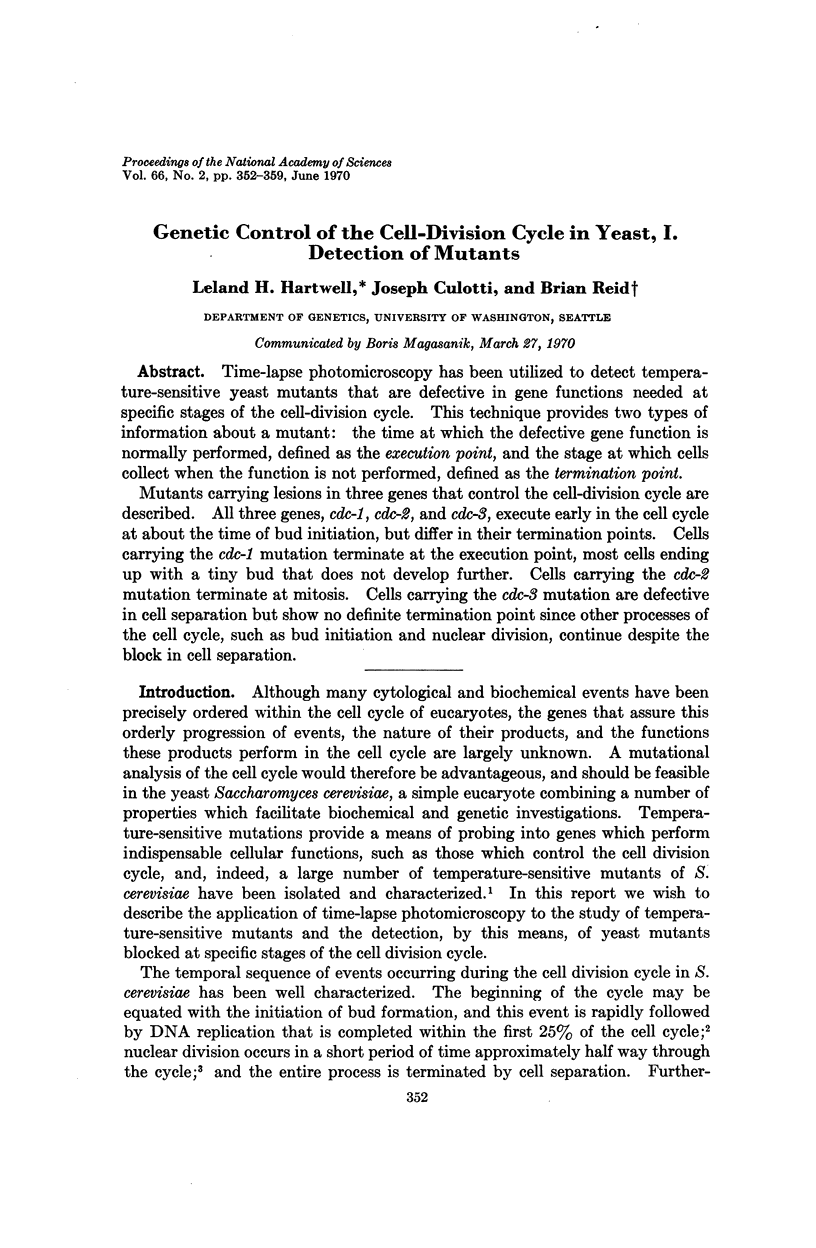

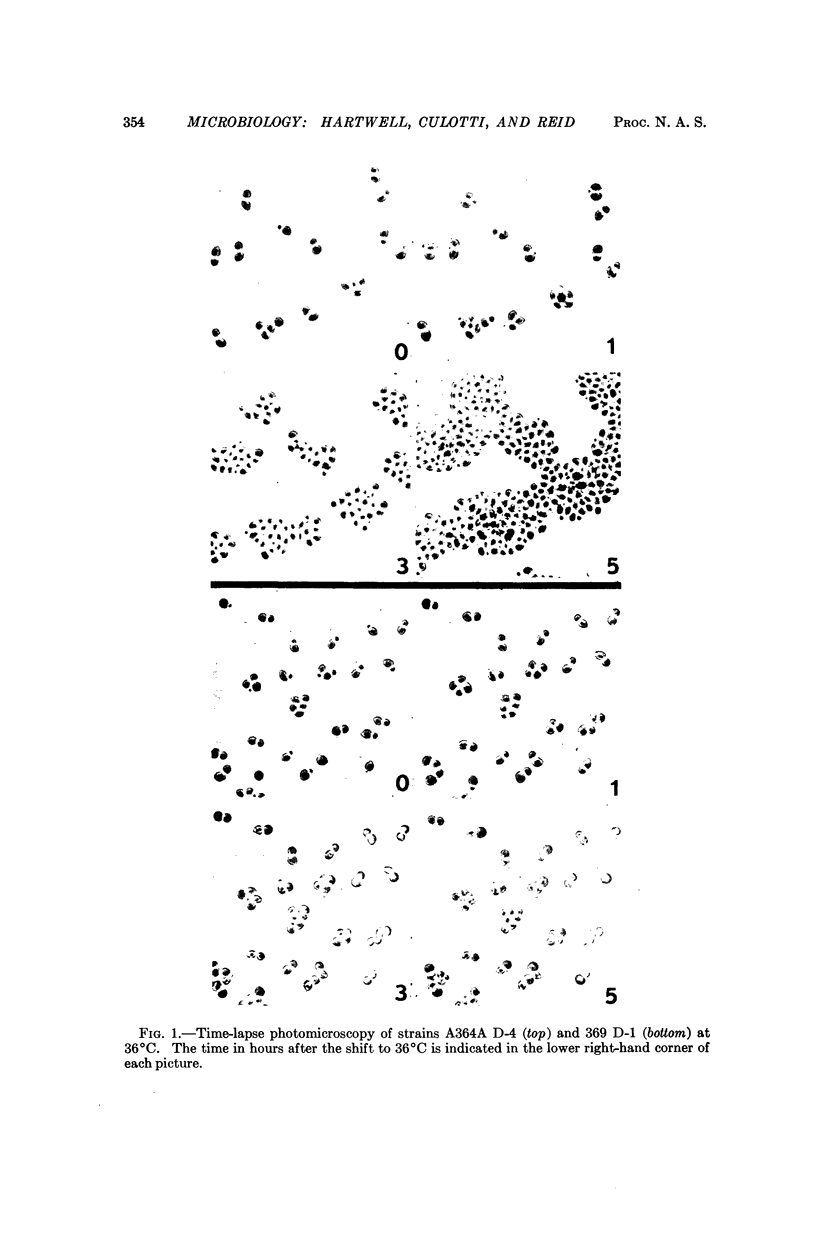
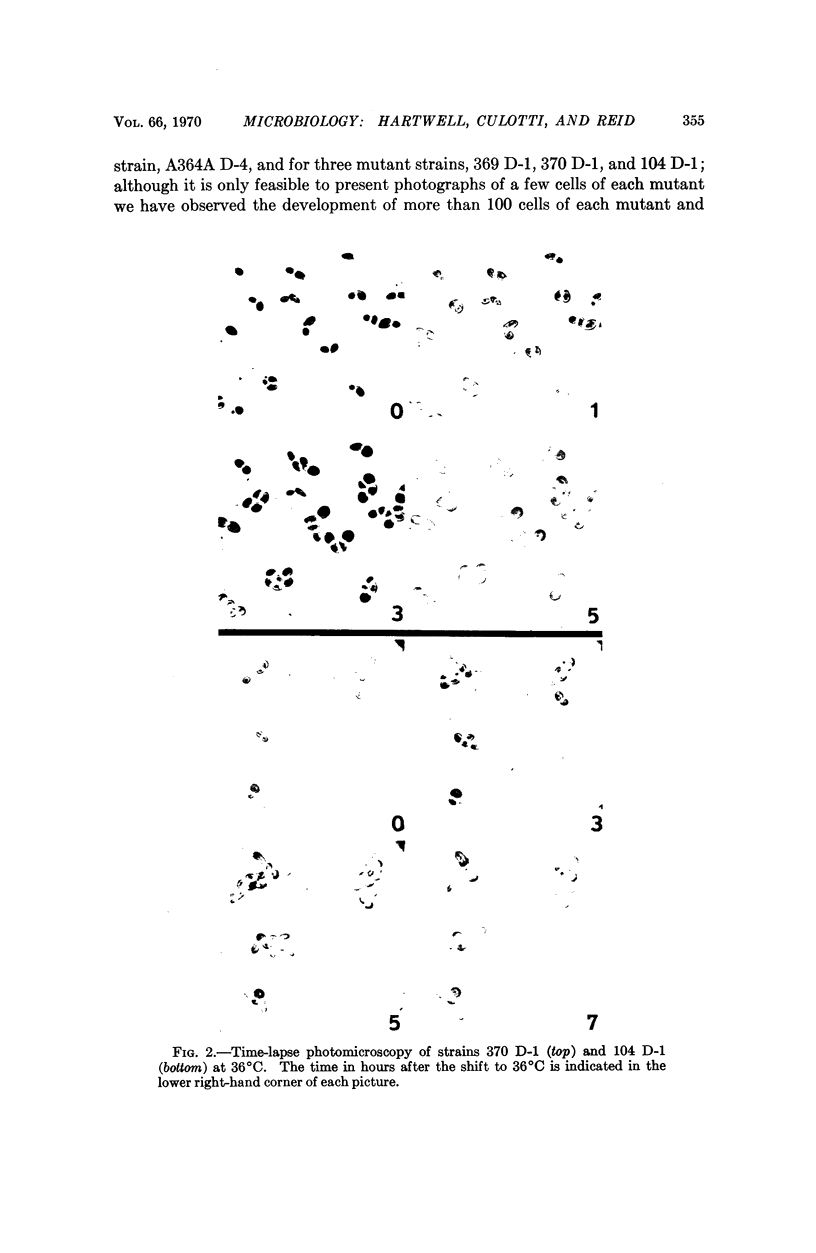
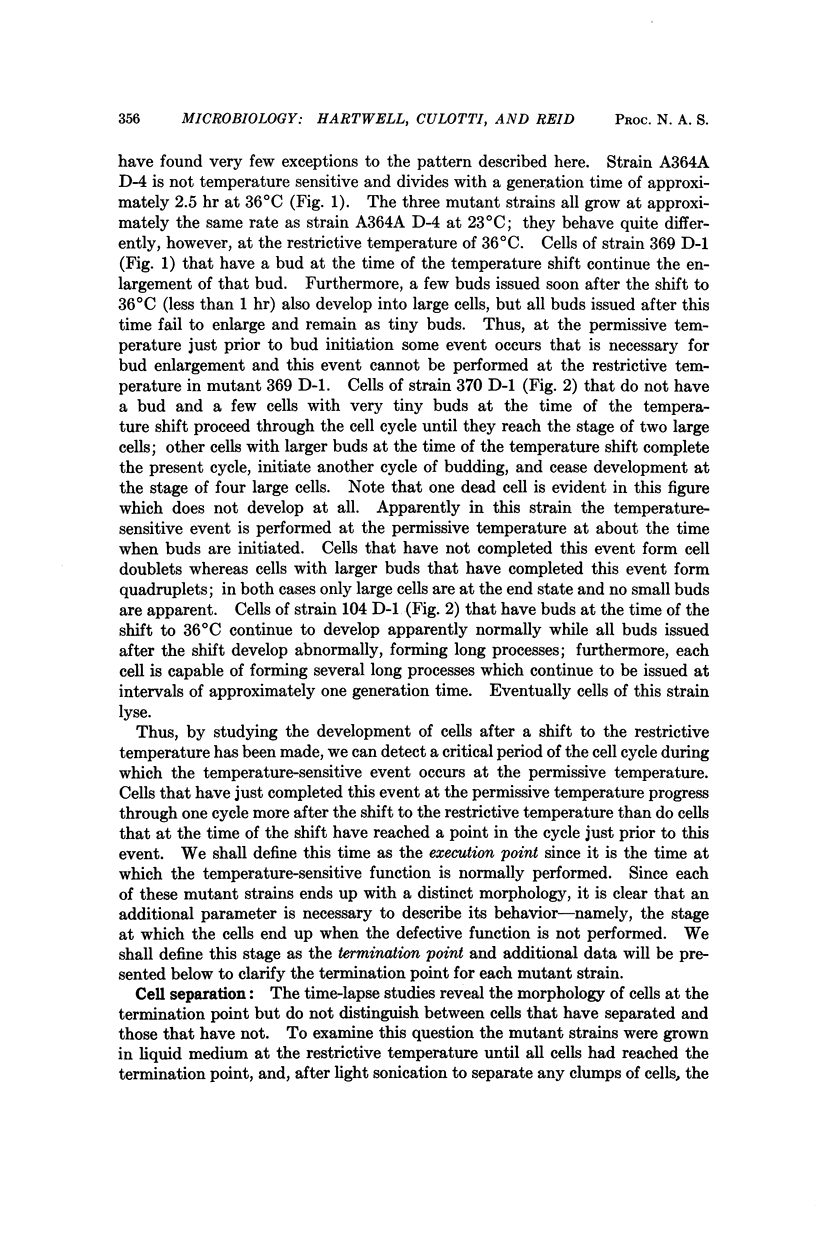
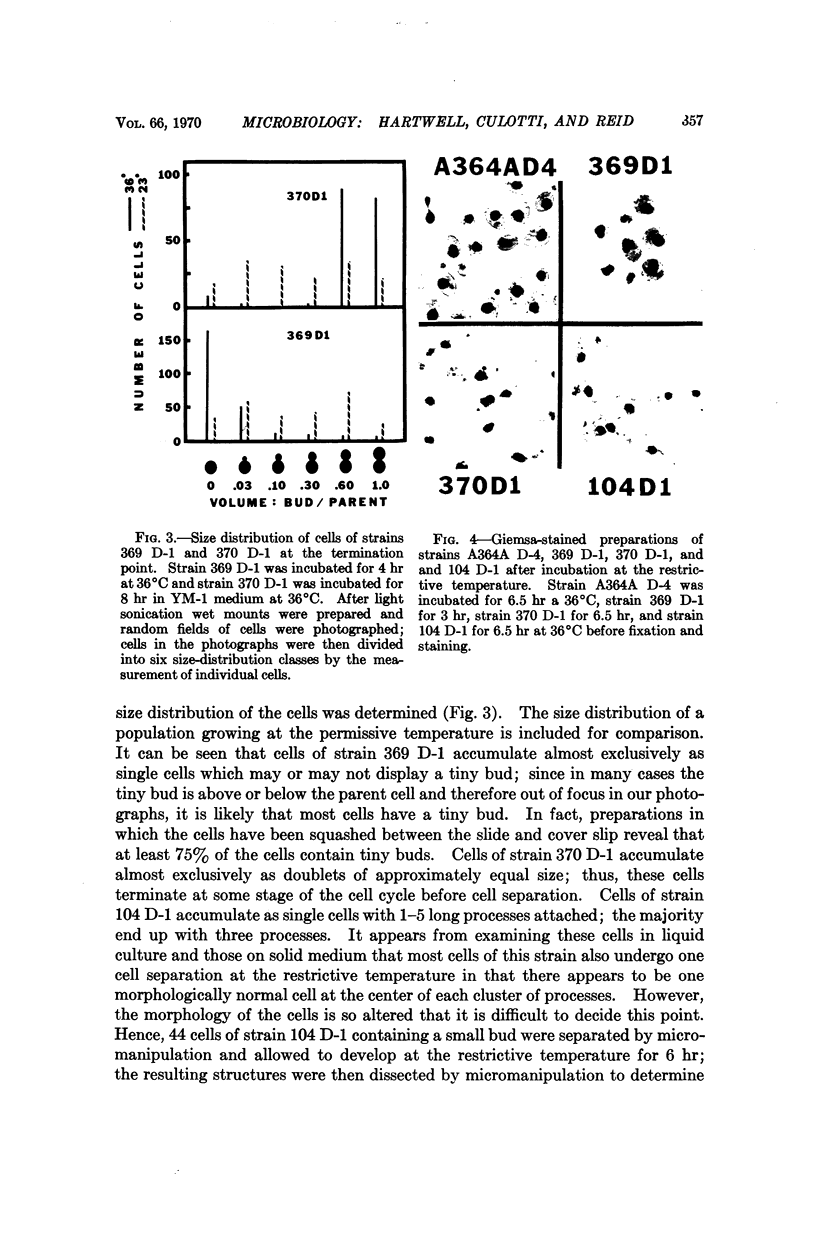
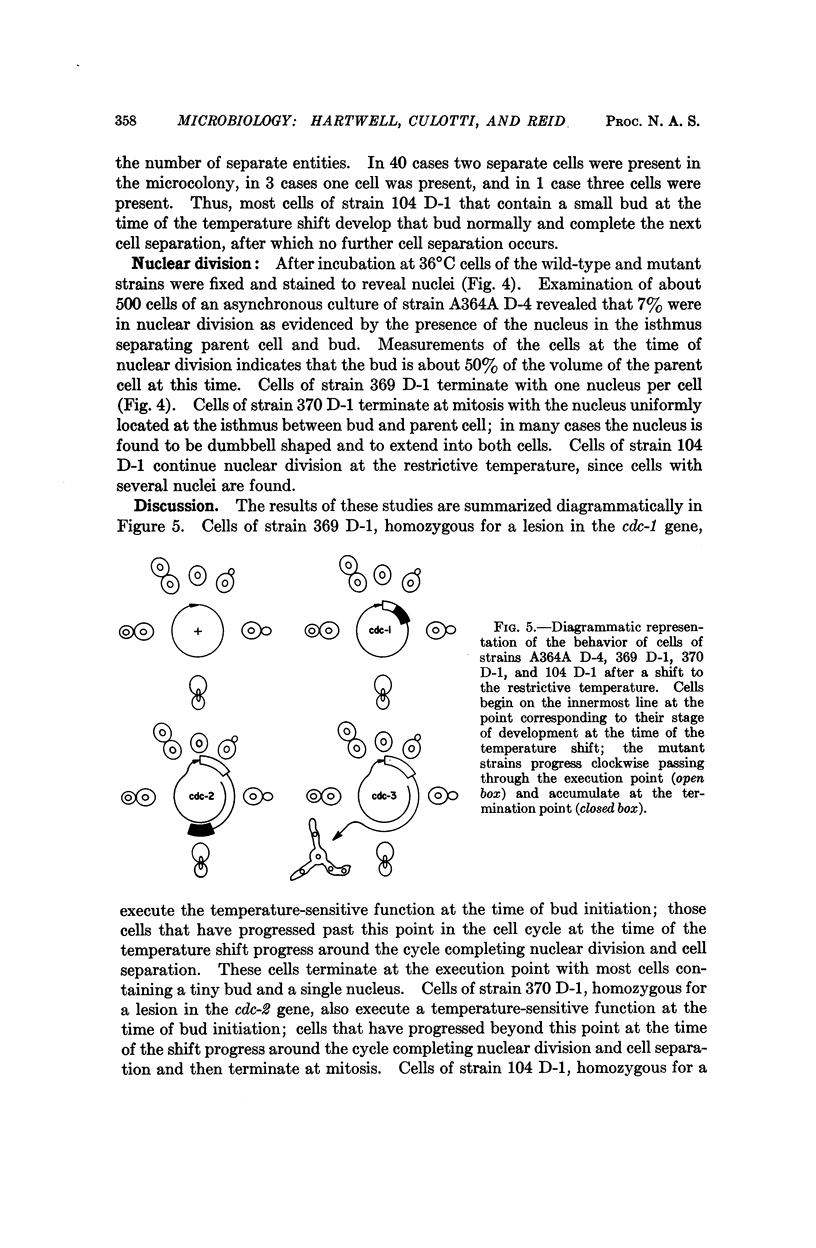
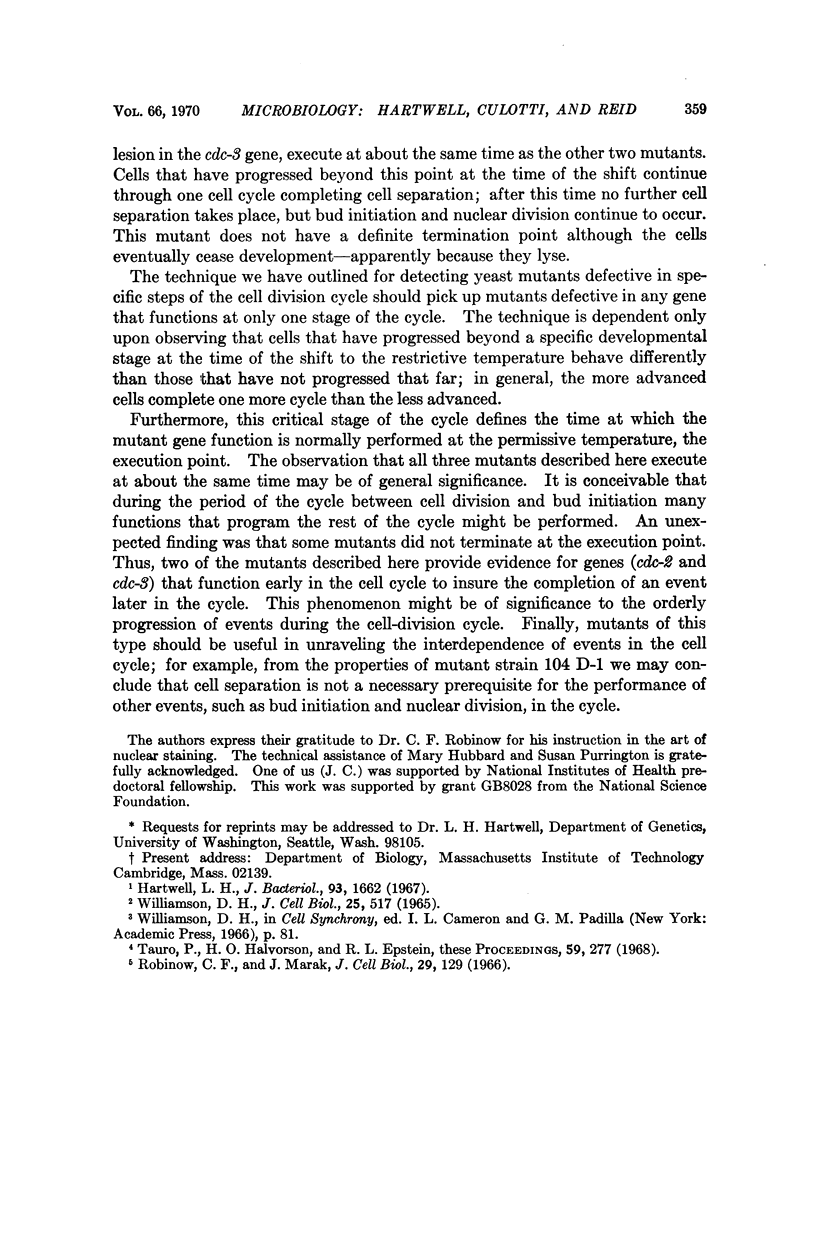
Images in this article
Selected References
These references are in PubMed. This may not be the complete list of references from this article.
- Hartwell L. H. Macromolecule synthesis in temperature-sensitive mutants of yeast. J Bacteriol. 1967 May;93(5):1662–1670. doi: 10.1128/jb.93.5.1662-1670.1967. [DOI] [PMC free article] [PubMed] [Google Scholar]
- Robinow C. F., Marak J. A fiber apparatus in the nucleus of the yeast cell. J Cell Biol. 1966 Apr;29(1):129–151. doi: 10.1083/jcb.29.1.129. [DOI] [PMC free article] [PubMed] [Google Scholar]
- Tauro P., Halvorson H. O., Epstein R. L. Time of gene expression in relation to centromere distance during the cell cycle of Saccharomyces cereviseae. Proc Natl Acad Sci U S A. 1968 Jan;59(1):277–284. doi: 10.1073/pnas.59.1.277. [DOI] [PMC free article] [PubMed] [Google Scholar]



